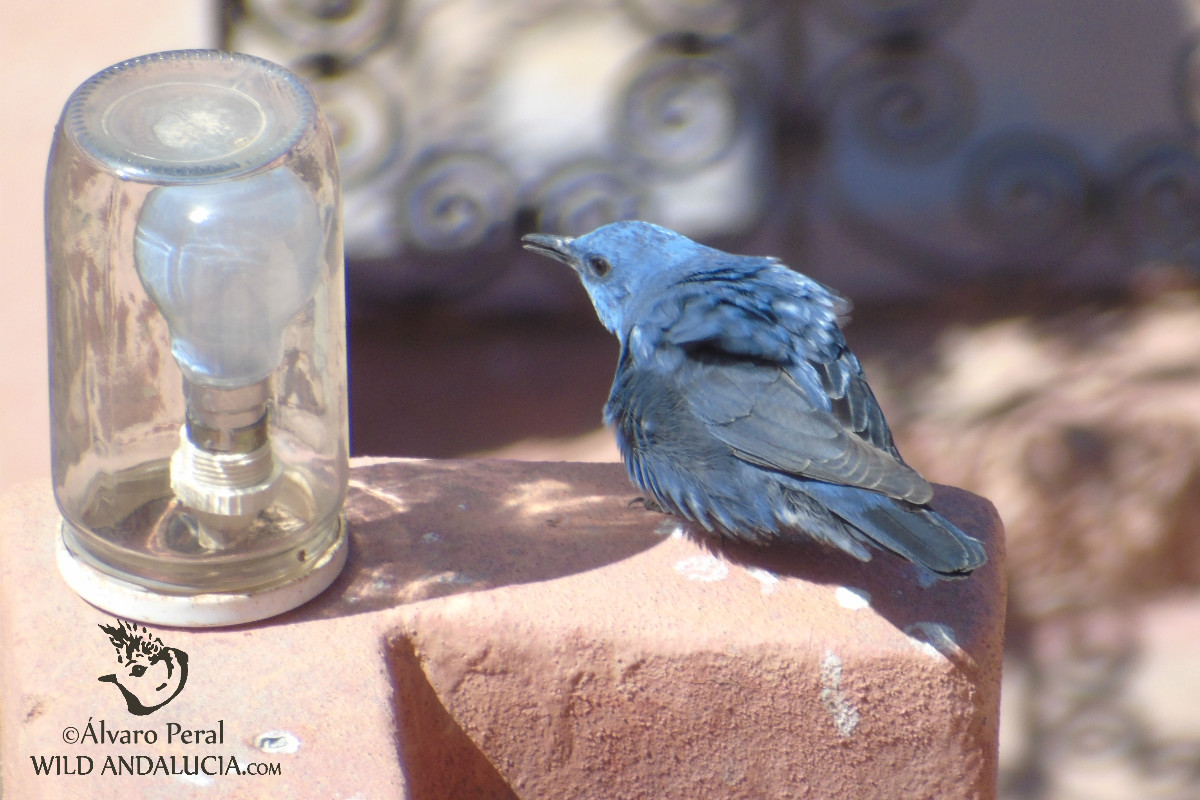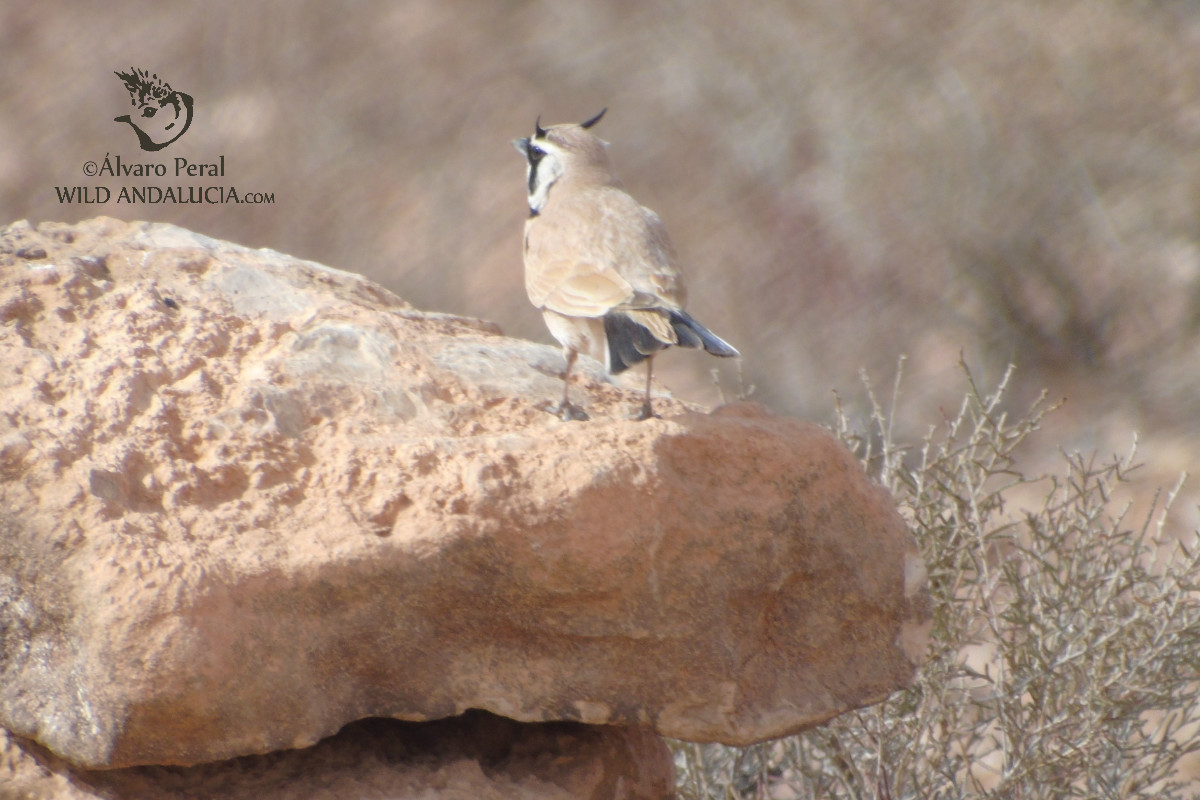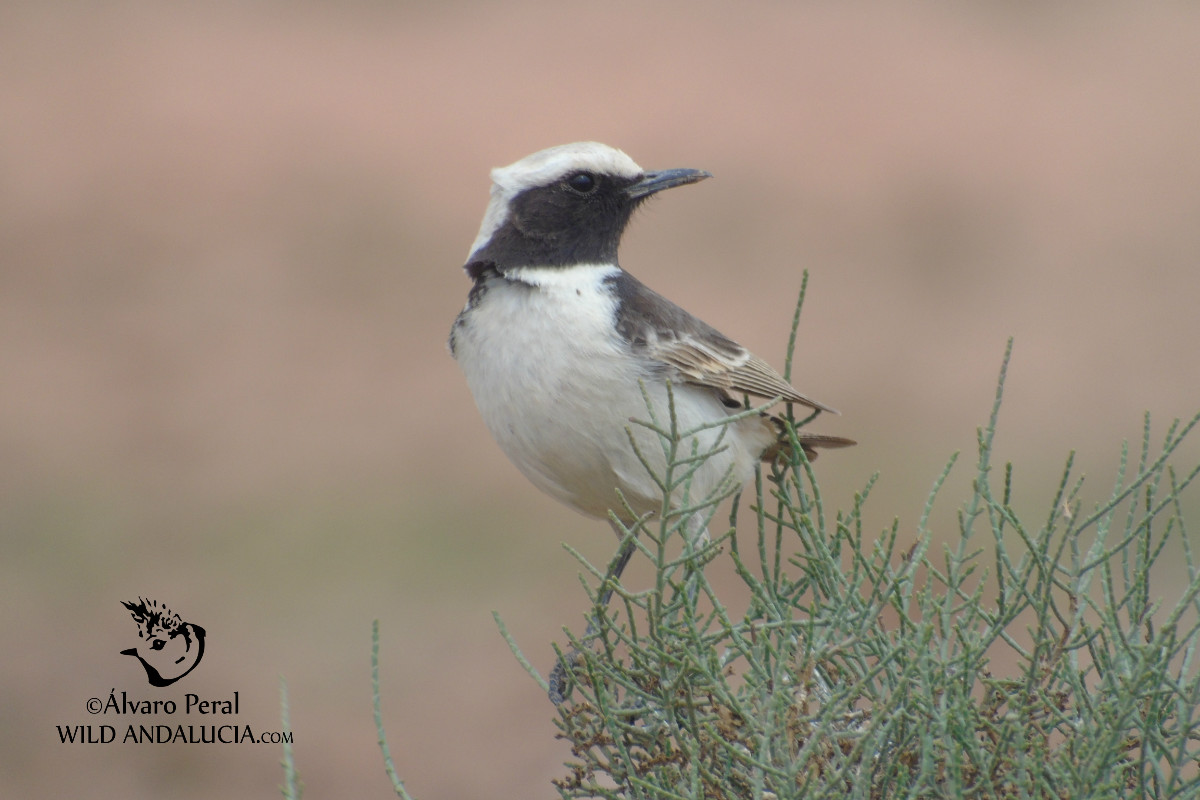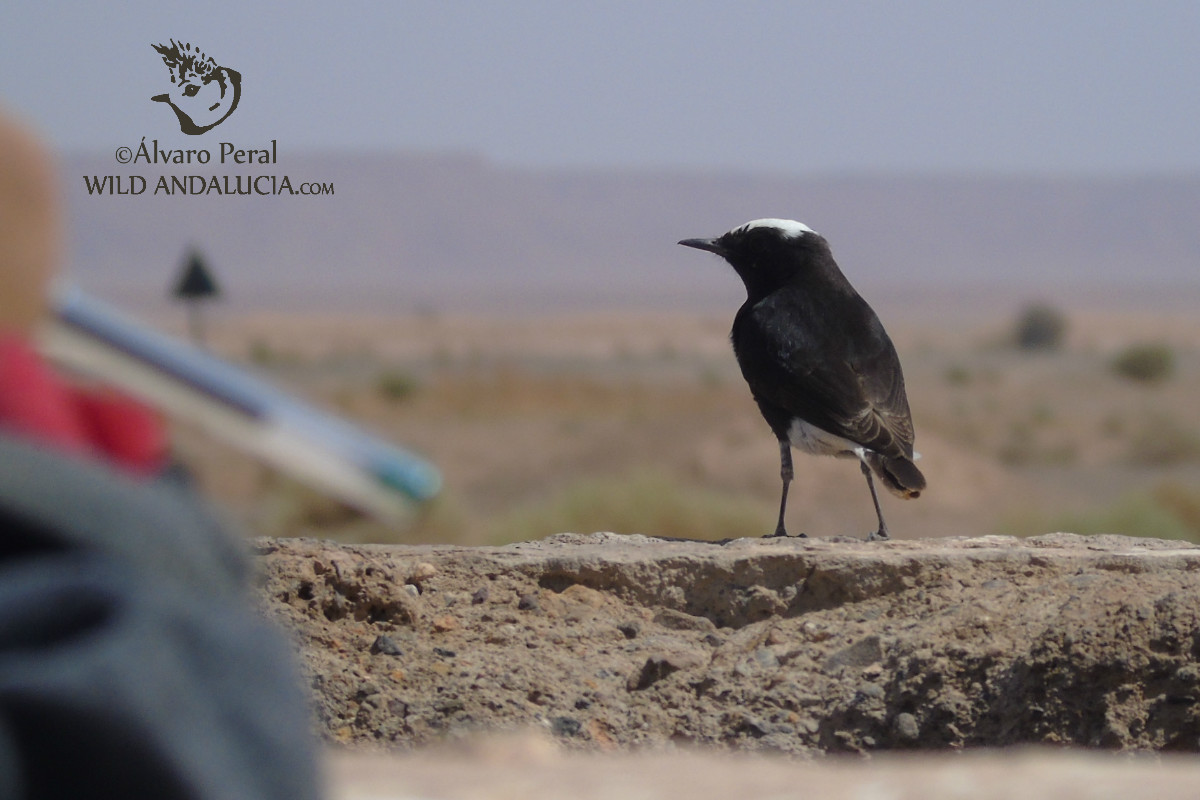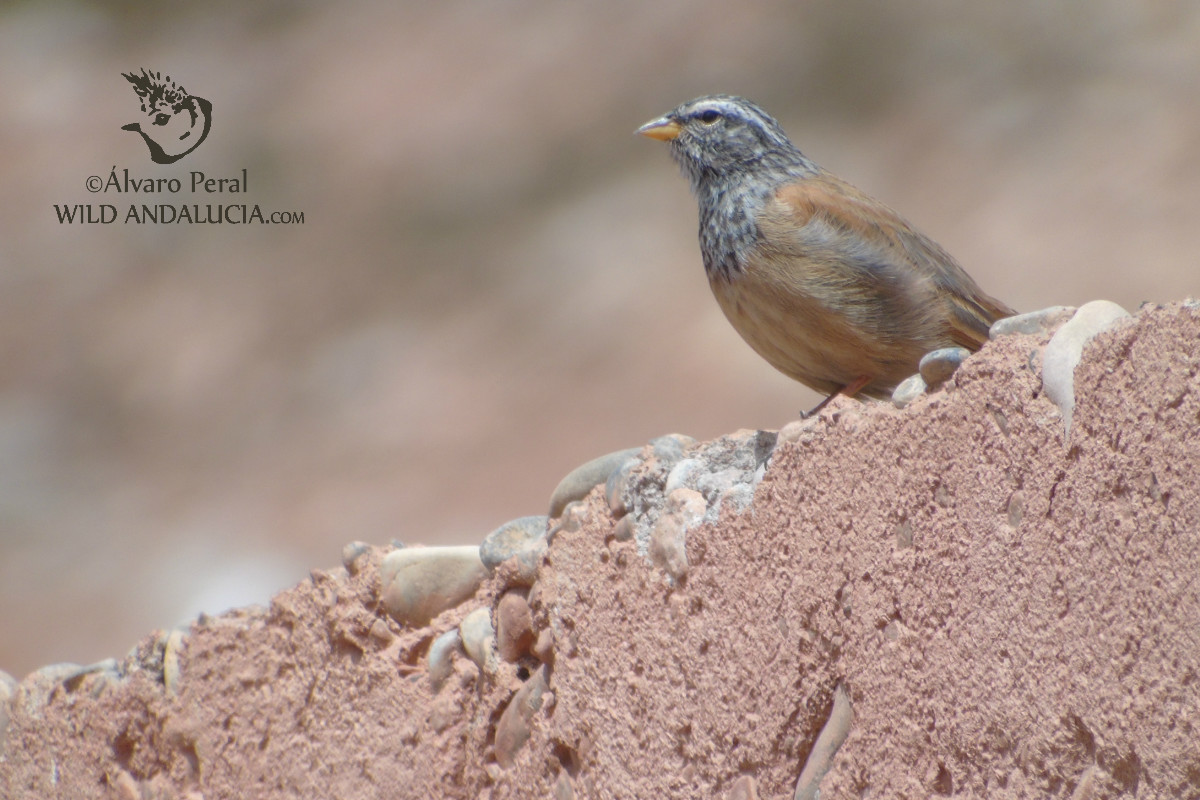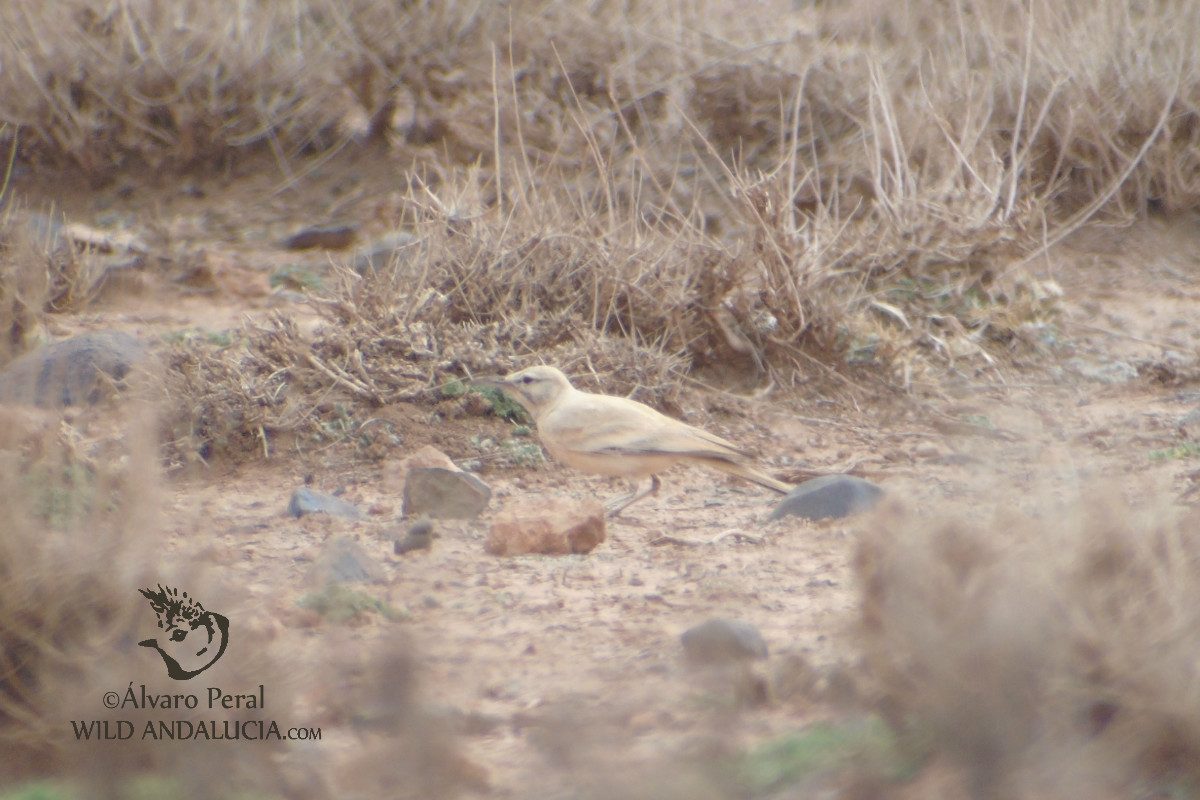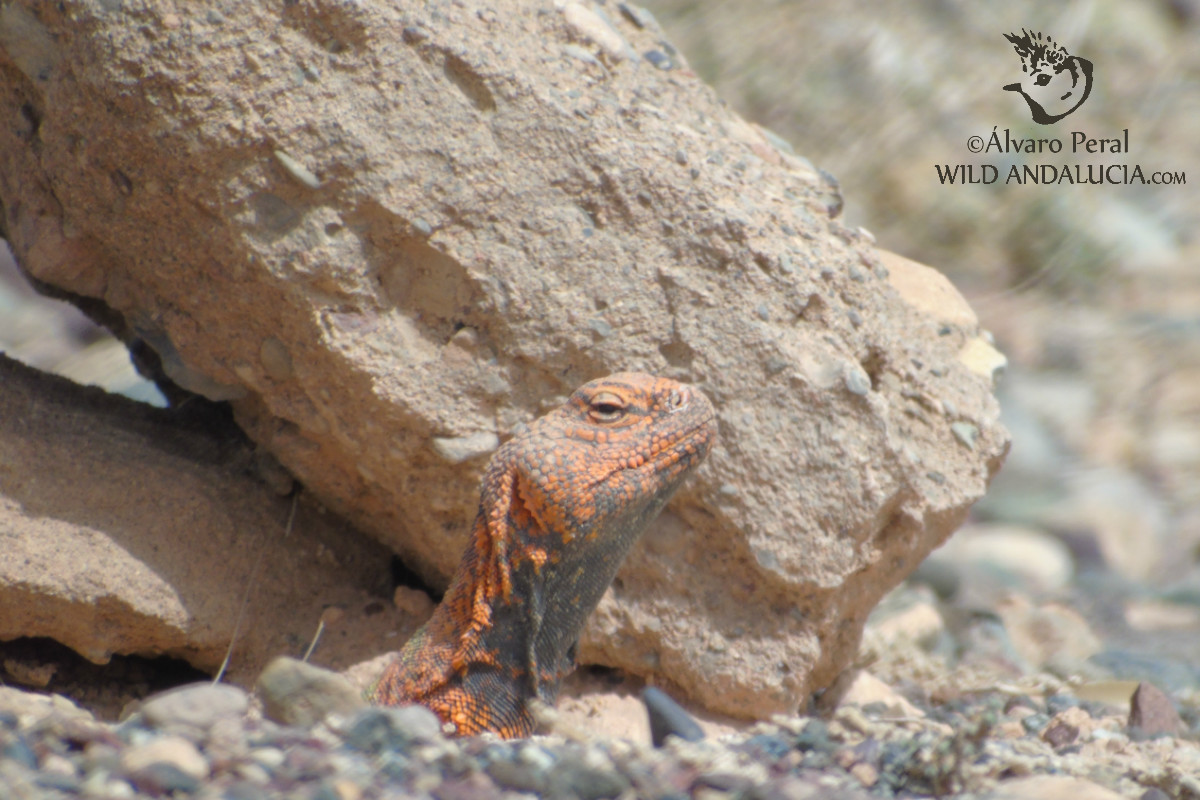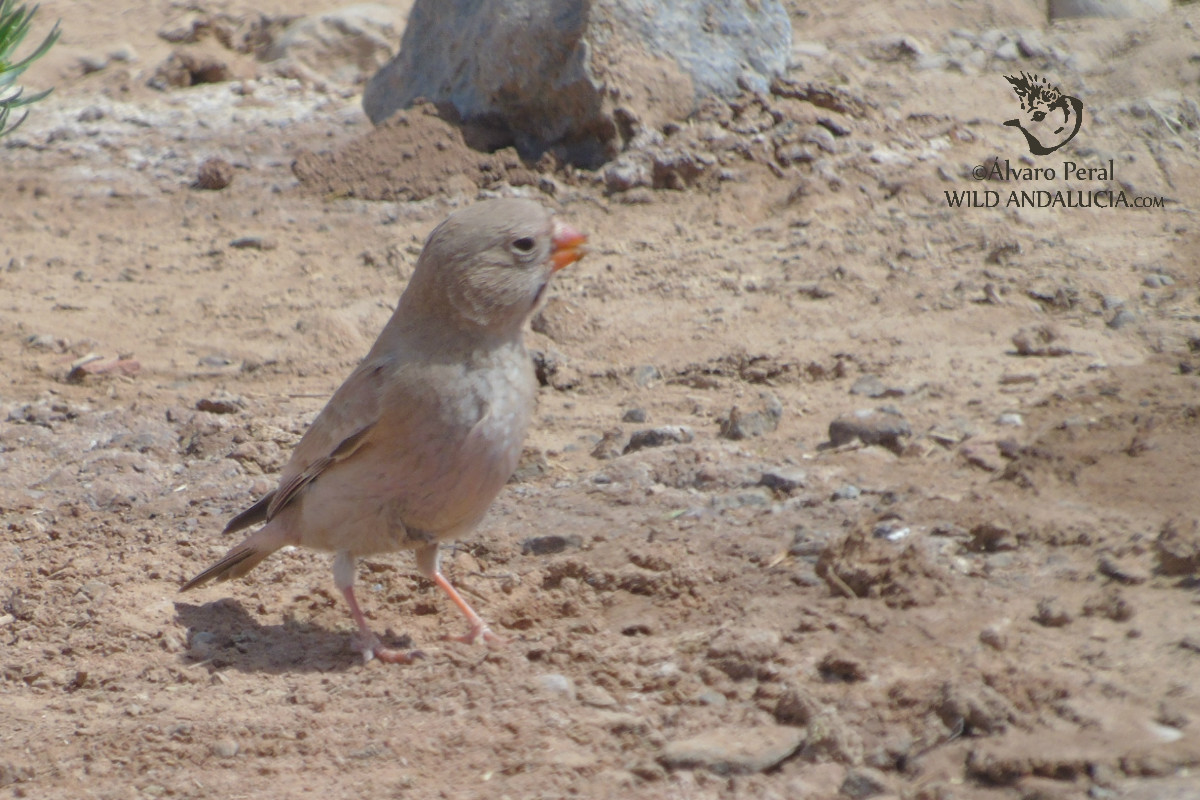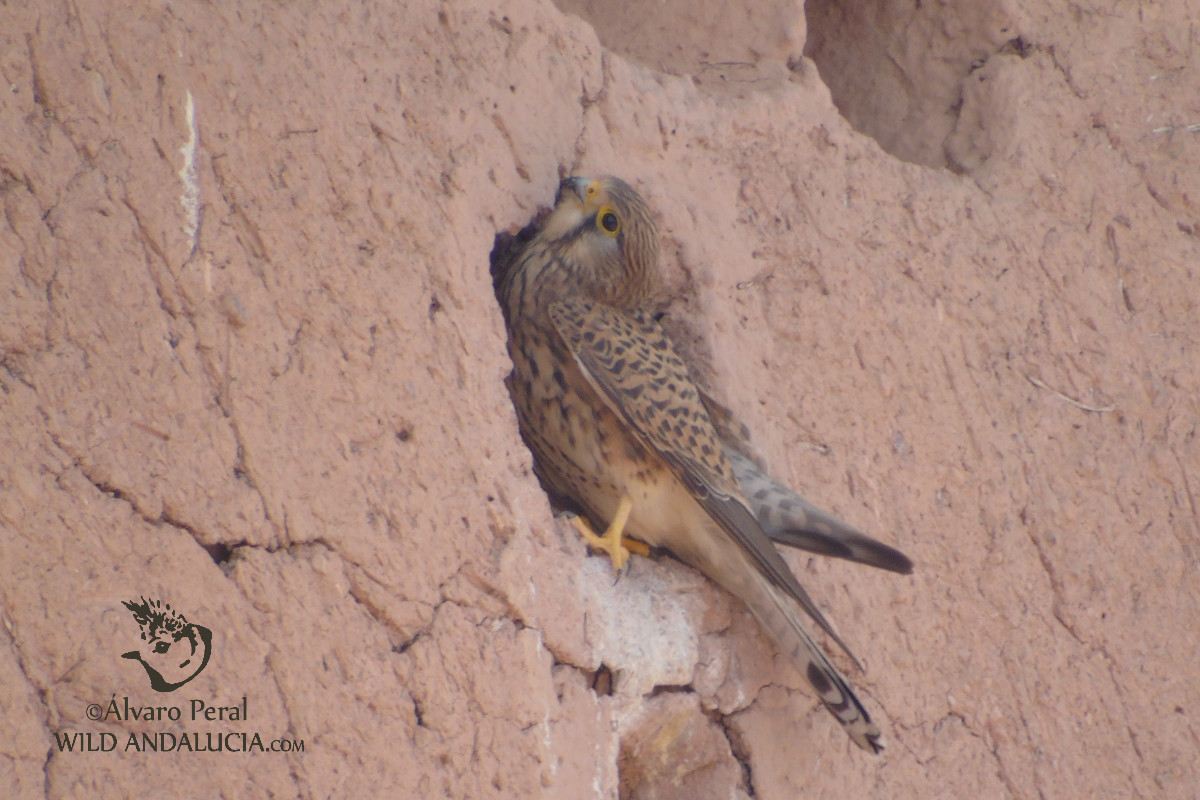Birding central and south Morocco: Atlas and Desert
Morocco Birding: Atlas and Desert. Our 8-day birdwatching tour through the South of Morocco was one of the most exciting tours in the last years. Not just for the numerous endemic birds we saw, but also for collecting such a variety of beautiful landscapes and enjoy a very good weather and food.
Day 1:
A cheap flight led us in Marrakech at noon, so we could walk through the old city quarters and enjoy a local early dinner at Djema El Fnaa.
Day 2:
On the next day, after having an early breakfast surrounded by Common Bulbul and House Bunting, we drove across the Atlas and the Tizi-n-Tichka pass, then arrived soon into a coniferous forest where we found African Blue Tit, Kestrel and the african subspecies of Common Chaffinch. Accomodation in Ouarzazate.
Day 3:
This was probably the most intense birding day of the trip. We started checking the surrounding creeks of the El Masour reservoir near Ouarzazate, where we could enjoy a close view of a flock of Blue-cheeked Bee-eaters. Then we headed to our favourite terrace overlooking the Dadès Canyon, where a Blue Rock Thrush kept on singing the whole time at just a few meter from us. 3 Kestrels were seen as well. The canyon held also nice numbers of Crag Martin and Black Wheatear. We made a short stop to see the amazing rock formations known as ‘the fingers of God’, quite realistic indeed. After the snack, we went directly to the well-known Tagdilt Track. We were a bit delayed because of a puncture in one of the wheels, but had the chance to see lots of Desert Wheatear, Crested and Thekla Lark and two Western Mourning Wheatear.
Day 4:
We started the day with a short guided trip across the Ait Mamoun Palm tree area, where we saw both types of Bee-eater, Common Bulbul and Western Olivaceous Warbler. The temperatures were rising up as we got closer to the desert. We spontaneously made a short stop at a well where some dromedaries were quenching their thirst. It turned out to be a great idea as we quickly realized some Trumpeter Finches and White-crowned Wheatear joined the event. We took great pictures very close to them. We continued our drive and soon could see the big sand dunes near Merzouga. We spent a few hours birding the palm tree oasis right under the big sand dune and were surprised on the amount of different species there, including Booted Eagle, Brown-necked Raven and Western Olivaceous Warbler. One must be there to realize how much shade and water means for birdlife. It was funny to even find Black Redstart and a lost Robin.
Day 5:
On our way back we decided to give a try on the Tagdilt track and cross our fingers for not having a flat tire again. Surprisingly, the birds we found were totally different to those on the previous days. We enjoyed close views of a Hoopoe Lark, lots of Temminck’s Larks and a few Red-Rumped Wheatear. Gerbils were also very active since the day was fortunately a bit cloudy. We stayed the night in Skoura, after enjoying a delightful sunset in the surrounding oasis, where we saw a few Subalpine Warblers and Blue-cheeked Bee-eaters.
Day 6:
An early morning walk along the El Mansour reservoir was a great idea, for we found Ruddy Shelduck, Marsh Harrier, Southern Grey Shrike and White Crested Grebe, among others. We were quite surprised when we found a huge Moroccan Spiny-tailed Lizard having a sunbath on a stone near the road. We also enjoyed watching a couple of very active Barbary ground squirrel. Soon after, we found a magnificent Kashba ruined complex by the oasis in Tazzakht, and turned out to be a really good spot to find birds. We found dozens of Nightingales, Wheatear, Woodchat Shrike, Cetti’s Warbler, African Blue Tit and the african subspecies of Common Chaffinch, among others
We couldn’t leave the High Atlas without visiting the Ksar in Ait-Benhaddou, a striking example of the defensive architecture in Southern Morocco. Although birds are our main focus on our Morocco Birding Tour, landscaping, architecture and culture are always a must when visiting the South of Morocco.
Day 7:
We had a relaxed breakfast at the valley in Taddart, had some time for birding the river and decided to make several stops on our way back to Marrakech, along the High Atlas and the Zate river, which provided some passerines and raptors. We arrived to Marrakech in the afternoon and enjoyed the sunset watching some Coomon and Little Swifts flying over our terrace.
Day 8:
On our last day of the Morocco birding Tour, we could just enjoy the memories of the trip, that seemed to have taken months! Flight back to Seville and thinking of our next Morocco Birding Tour.
